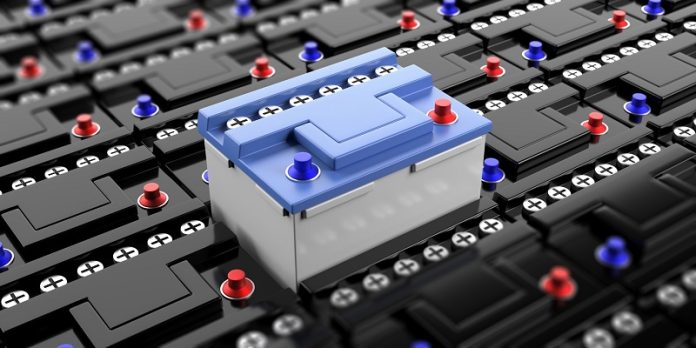
When it comes to batteries, thicker electrodes—those layers inside that store and move energy—should, in theory, help devices like phones and electric cars run longer.
After all, they hold more of the materials that store energy.
But in practice, these thick electrodes often fall short, especially when it comes to fast charging or long-term performance.
A new study from Rice University reveals why—and it’s not the reason many engineers previously believed.
Led by materials scientist Ming Tang, the research team found that the internal chemistry of battery materials plays a bigger role than the physical structure when it comes to how well thick electrodes perform.
Until now, experts thought that problems with thick electrodes—like slow charging and poor energy use—could be fixed by changing the structure, such as adding more pore channels to help lithium ions move through the material more easily.
But this new study shows that even materials with similar structures can behave very differently based on their chemical properties.
The team compared two commonly used battery materials: lithium iron phosphate (LFP) and a blend called nickel manganese cobalt oxide (NMC).
Both are found in lithium-ion batteries, and both had nearly identical structures in the study. But when the researchers tested how well each material performed, NMC outshined LFP.
The LFP material showed uneven lithium flow and wore out faster, with more cracks and capacity loss over time.
Zeyuan Li, a Rice University doctoral alumnus and first author of the study, explains that this is like trying to soak a sponge with water, but only part of it gets wet while the rest stays dry.
In the LFP electrode, most of the energy reaction happened near the surface, while the deeper layers barely participated—even after the battery was left to rest.
On the other hand, NMC electrodes had a much more even distribution of lithium throughout, leading to better performance.
Using powerful X-ray imaging tools at Brookhaven National Laboratory, the team watched how lithium ions moved inside the electrodes during battery use.
What they found was that it’s not just the layout of the material that matters—it’s also how the chemistry of the material controls the flow of lithium and the spread of reactions.
To help engineers design better batteries, the researchers came up with a new way to measure this behavior, called the “reaction uniformity number.” It combines both structural and chemical factors to predict how evenly energy will move through thick electrodes.
This research could help make thicker, longer-lasting batteries that are better suited for the growing demand in electric vehicles and other high-energy devices. The key takeaway: the right chemistry matters just as much—if not more—than the structure when building better batteries.
Source: Rice University.



